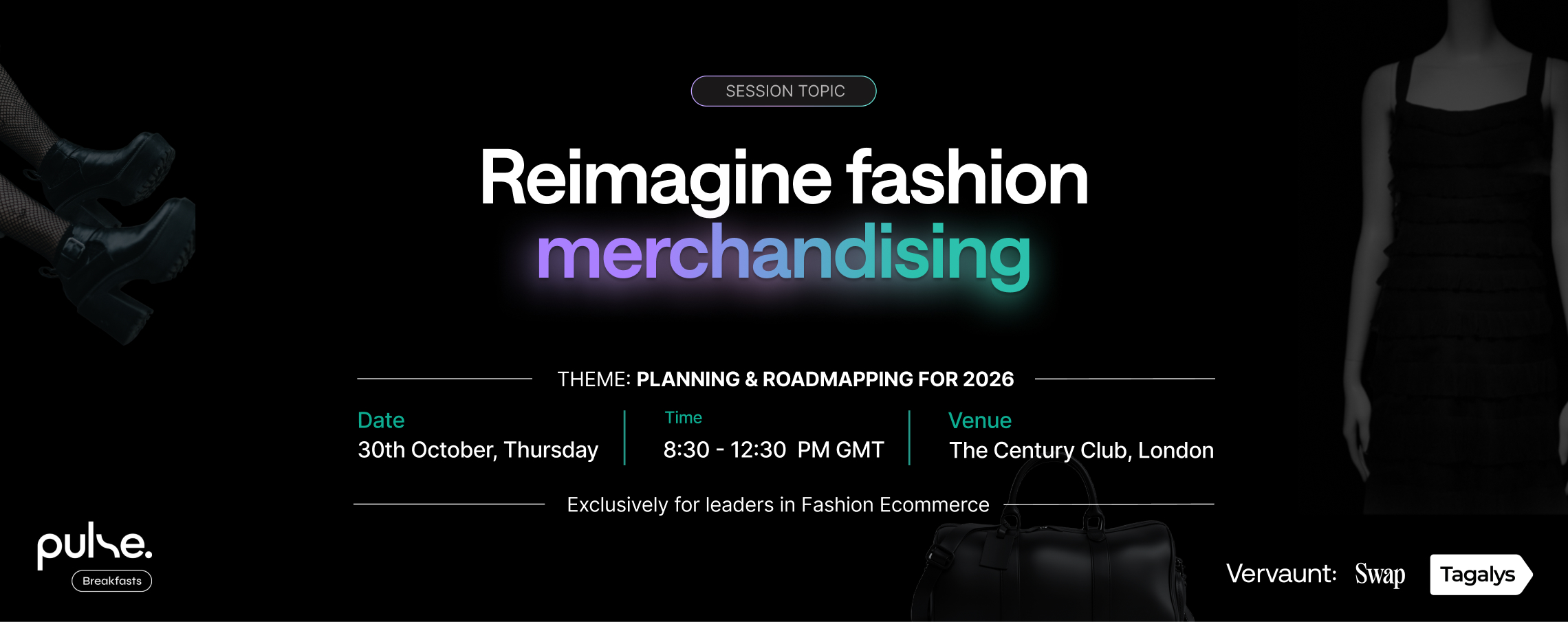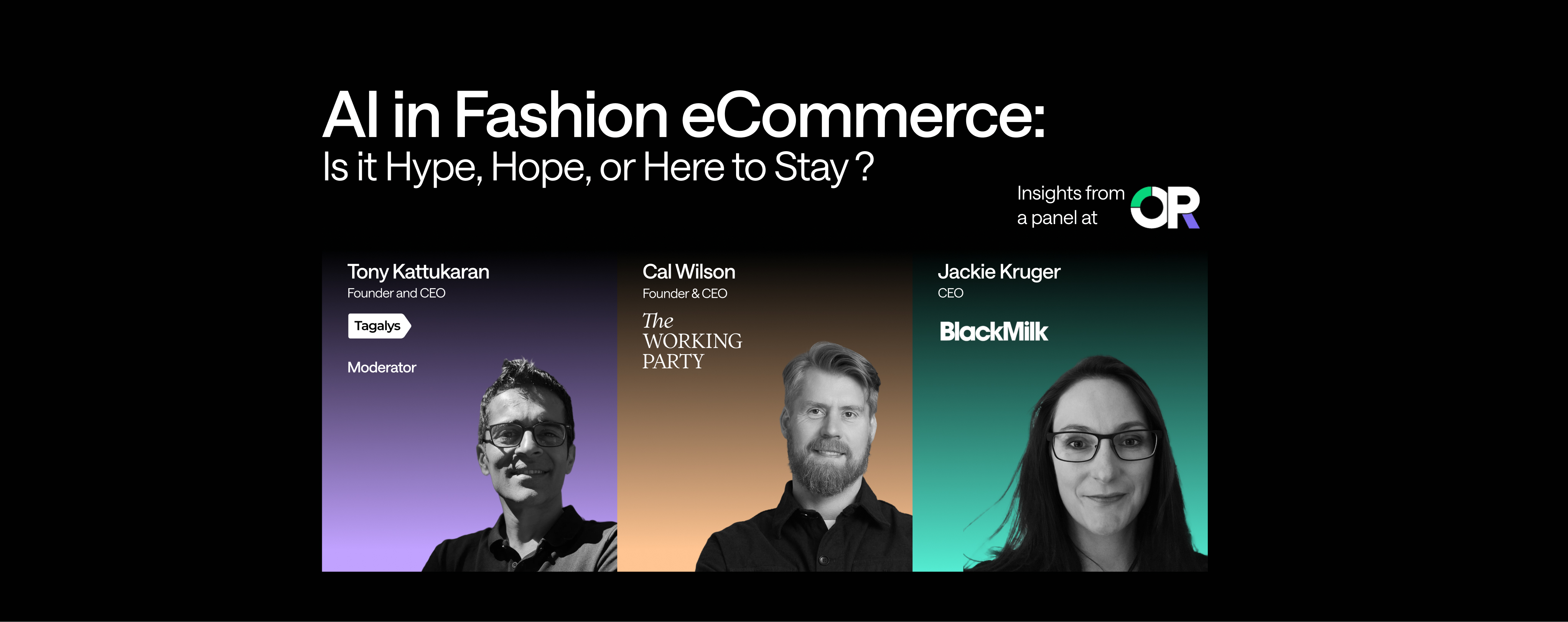
Imagine this: you’re looking for some white t-shirts on Google and have come across a few scrolling ads from sellers, one of which perks your interest. You click through and land on the detailed page, with the CTAs convincing you to “add to cart” and follow through without going elsewhere. In another scenario, you’ve again clicked through an ad, but this time you’re directed to a generic homepage with no information related to the product you had clicked through on.
Which experience are you going to enjoy more? Chances are, it’s the first. And that’s the magic of Google Ads eCommerce landing pages.
Regardless of what your CTA is– buy a product, enter your email, download a whitepaper– a highly detailed Google Ads landing page is the key to converting the users who land on your webpage through a Google Ad campaign. It goes beyond justifying your conversion costs– a good landing page optimizes, even reduces conversion costs.
What is a Landing Page according to Google Ads?
According to Google Ads, a landing page is “the webpage where people end up after they click your ad”. The URL to the page is usually the same one that’s included in your Ad, which is what directs search engine users to this page.
A key factor that Google considers while assigning a Quality Score to a keyword is the landing page experience. It is a measure of how accurate your landing page is, how relevant it is to the product, and how useful it is to a user when they click through your ad. Before writing this off as subjective, keep this in mind– your landing page experience directly impacts your Ad Rank and, in turn, your CPC and ad auction position.
What is the Difference between Normal Product Pages and Landing Pages?
If you’re thinking “why not put my product page link in the ad instead?” here’s the answer: you shouldn’t. A product page on an eCommerce site is the page that defines and displays the details of a product including specifications, features, uses, manufacturer details and more. It’s the page users of your website navigate to, to look at the product images and ‘add to cart’, ‘save for later’ or follow through any other CTA you may have. A landing page is similar only in that it also serves a specific purpose. However, for all other intents and purposes, this page is built to drive external traffic and, while linked to the same domain as your main website, isn’t a part of the same internal database as a product page.The intent differs, too: product pages are meant to allow users to explore a product fully and perhaps navigate to other similar products or begin the process of purchase. Landing pages are an exclusive tool to fulfill a marketing goal without any other distractions like related products or exit links.
Must-Have Elements in your Google Ads Landing Pages
Your post-click landing page should contain the following elements:
- A relevant headline closely matching your ad headline
- A tagline that supports the headline
- A list of benefits to visitors (not features of the product). Customer testimonials or partner badges to create a sense of trust
- A no-nonsense, eye-catching call-to-action (CTA)
- A lead capture form where the fields differ based on the product or service being sold
- A visual depiction that breaks up the text and captures the visitor emotionally
Examples of a Perfect Landing Page
Hootsuite’s post scheduler landing page is a great example of a landing page that checks all the right boxes. They have an eye-catching headline and a tagline that both support the headline and adds statistical validation to their service. A CTA follows– one that is also present in the top right corner for reinforcement.
Upon scrolling down, the landing page further details the benefits to the users while company logos and customer testimonials drive the point home.
How to Optimize your Landing Page using Google Ads
Optimizing your landing page is key to attracting the right customers and, more importantly, getting them to convert and follow through with your CTAs. Here is a comprehensive list of tips to best structure your page and generate the most possible conversions:
1. Use related ad text and keywords on your landing page
Ensure that the same keywords you use in your ad are present on your landing page. This will not only confirm to the visitor that they’re on the right page but also proves to Google that the landing page is indeed related to the click-through ad. The same logic applies to ad text.
2. Maintain consistency
Ensure that your product, service or offer is consistent on the landing page. Avoid having CTAs with different messages and advertising any other product or service no matter how related they may be.
3. Explain your unique features
By detailing your unique features in terms of how they will benefit the visitor, you’re more likely to have a conversion on your hands. It’s best to avoid just listing features like a product page; instead, define them based on how they are beneficial or a class apart.
4. Keep your content original and useful
Content needs to be written to match your brand tone and can’t be copied from anywhere. It should also be relevant to the ad you’ve placed and the product or service you’re advertising.
5. Make your CTA clear
With clear CTAs, you’re more likely to get the visitor to do precisely what you want them to do there. Ensure that all your CTAs are the same– try not to push different calls lest your visitor gets confused.
6. Be upfront about who you are and what you do
Ensure your landing page makes clear what your brand offers and what your policies are. This can be service-exclusive– for example, a ‘free trial’ offer, associations with charities or any additional costs, if any.
7. Include your contact information
This vital information will allow your visitor to get in touch if they have questions or spot a broken link on the page. It also puts across the message that you’re willing to be associated with this page.
8. Use good meta tags
Meta tags are what Google hunts through to find out if your page is worth showing in search results. Use the same keywords as the ad copy and landing page in your meta tags as well.
9. Match your content and title tags
If you don’t, the chances of Google identifying the content as relevant might go down, drastically affecting your ad position in the auctions.
10. Make your landing page mobile-optimized
More and more people are browsing and shopping on their phones; by ensuring your landing page is optimized for mobile use, you’re likely to retain more visitors than if you were only catering to web users.
Conclusion
A good landing page is a bookend to your ad campaign that captures visitors and converts them into customers. Landing pages enable you to further streamline your campaign to the right target audience and directly convey to them the action you want them to take.
Landing pages often lead to a higher percentage of conversions while also getting vital information from them– think emails and names– so that you can re-target visitors who haven’t converted in specialized re-targeting campaigns!
Guest Post by AdNabu
AdNabu helps improve sales in Google Ads for eCommerce companies. If you are running search, shopping or display campaigns in Google Ads, Their software will be able to increase your sales. Sign up today for a 14-day free trial from here.














.svg)
.svg)
.svg)
.svg)
.svg)
.svg)



.png)

.png)
